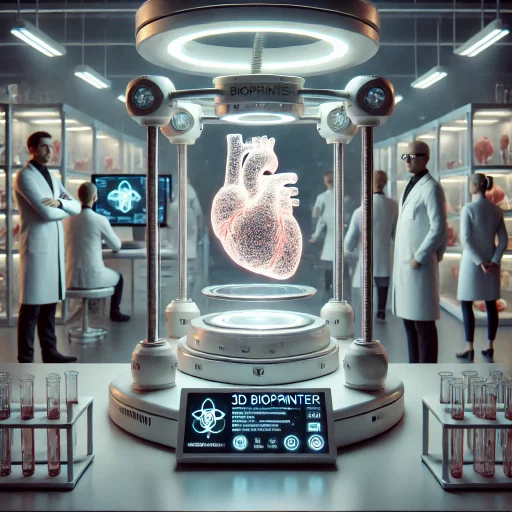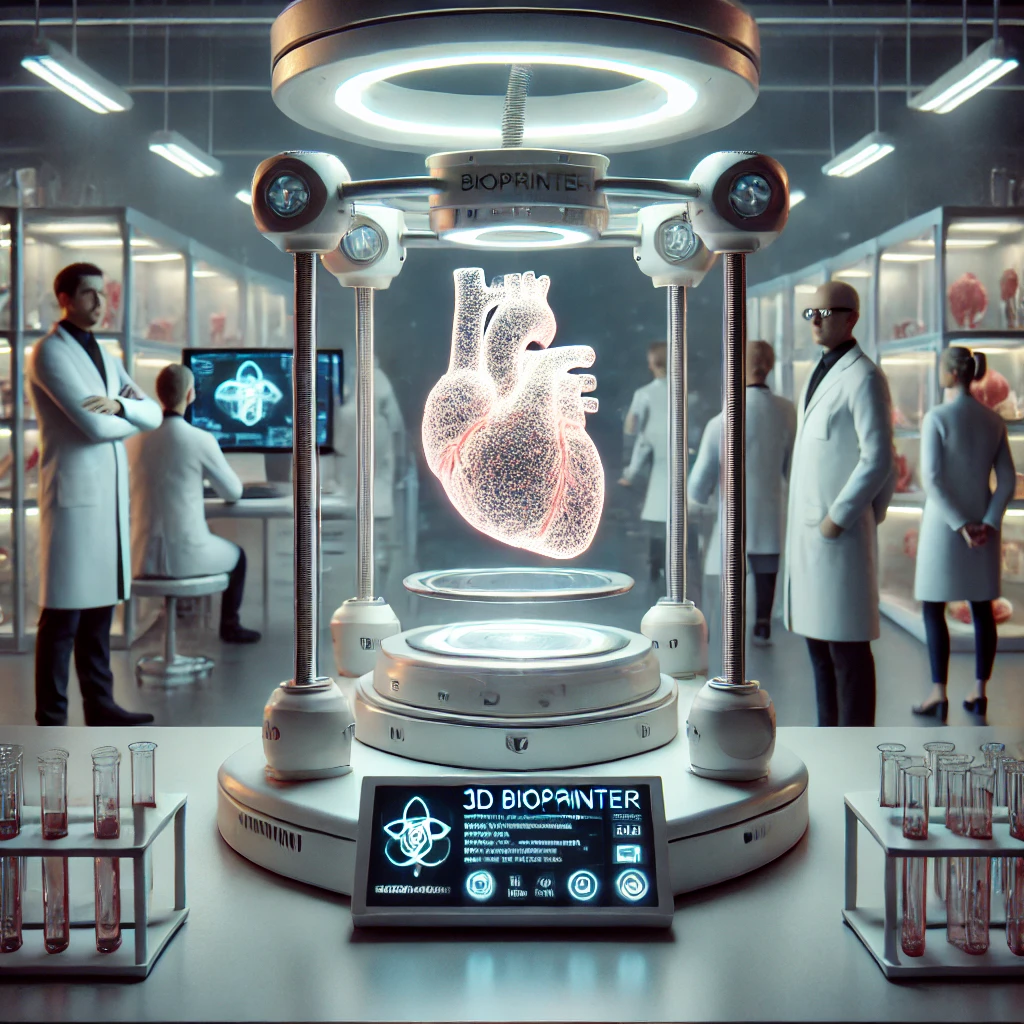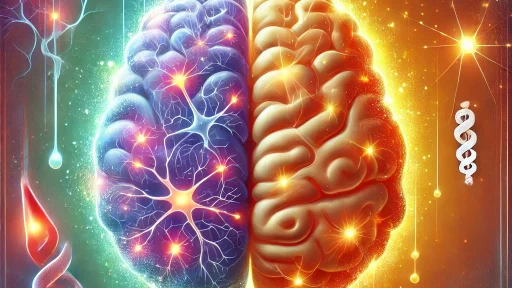A Tiny Heart That Could Save Lives
Imagine a world where doctors could test life-saving drugs on a miniature, perfect replica of your heart before prescribing them to you. Thanks to advancements in 3D bioprinting, this idea is moving closer to reality. A new 3D bioprinter has been developed to create small-scale human organ models, revolutionizing how we study diseases and develop treatments.
Printing Human Organs Layer by Layer
Scientists have designed a bioprinter that uses human cells to construct organoids—tiny replicas of human organs. Layer by layer, the printer assembles these structures to mimic the size, shape, and function of real organs. These models allow researchers to study how diseases progress and how treatments interact with human tissue in unprecedented detail.
A Safer, Faster Path to Medical Breakthroughs
Traditional drug testing relies on animal models or simplified cell cultures, neither of which fully reflect how treatments will work in a human body. Organoids provide a much more accurate alternative, helping scientists test drugs and therapies with better precision. This innovation could accelerate the approval of new medications while reducing the need for animal testing—a win for both science and ethics.
Custom Organs on Demand?
Beyond improving drug discovery, 3D bioprinting holds promise for organ transplantation. Imagine a world where patients in need of a kidney or liver could receive a custom-made organ built from their own cells. While this vision is still years away, the latest bioprinting advancements bring us a significant step closer to making it a reality.
Source: Smithsonian Magazine





